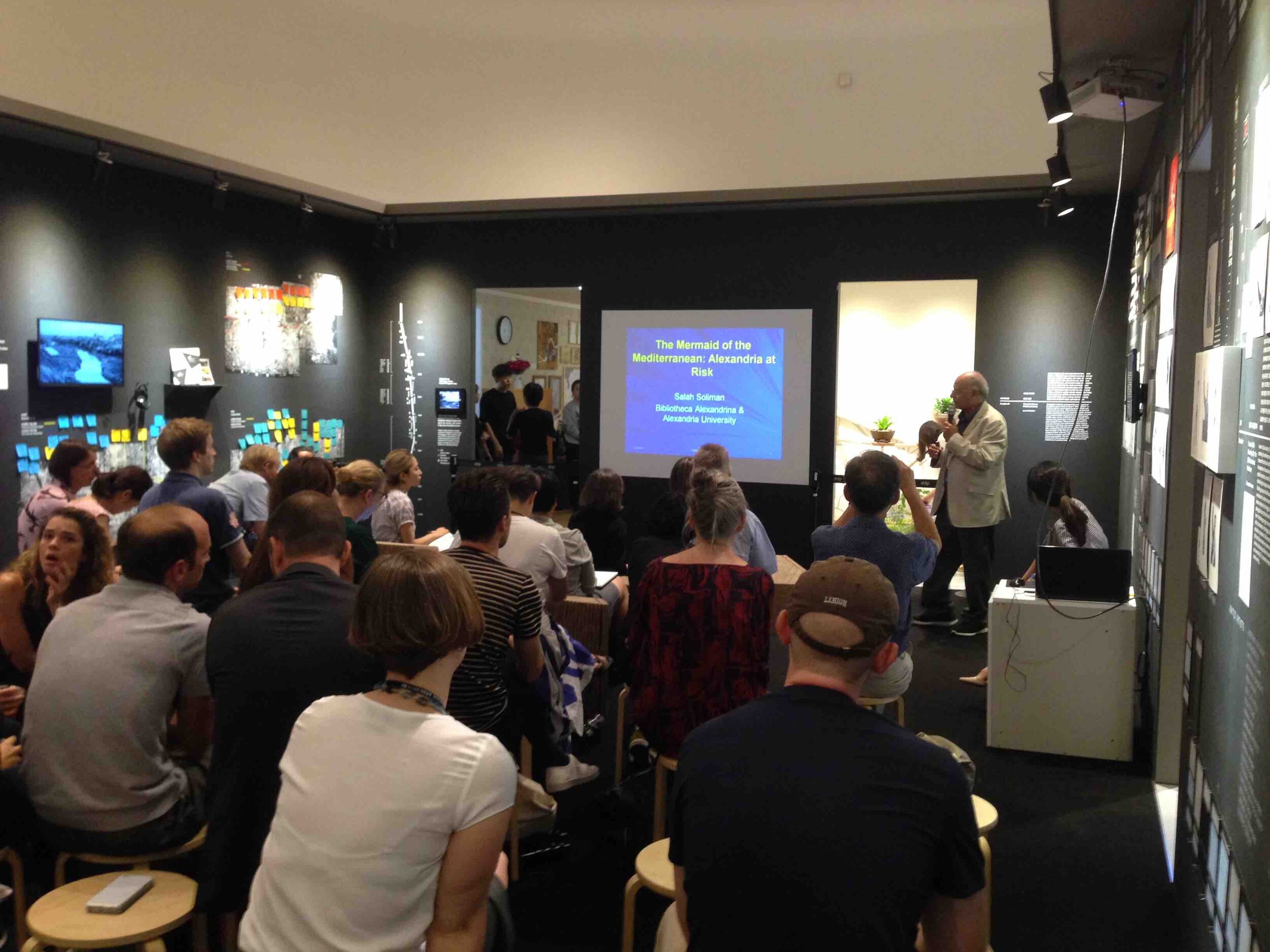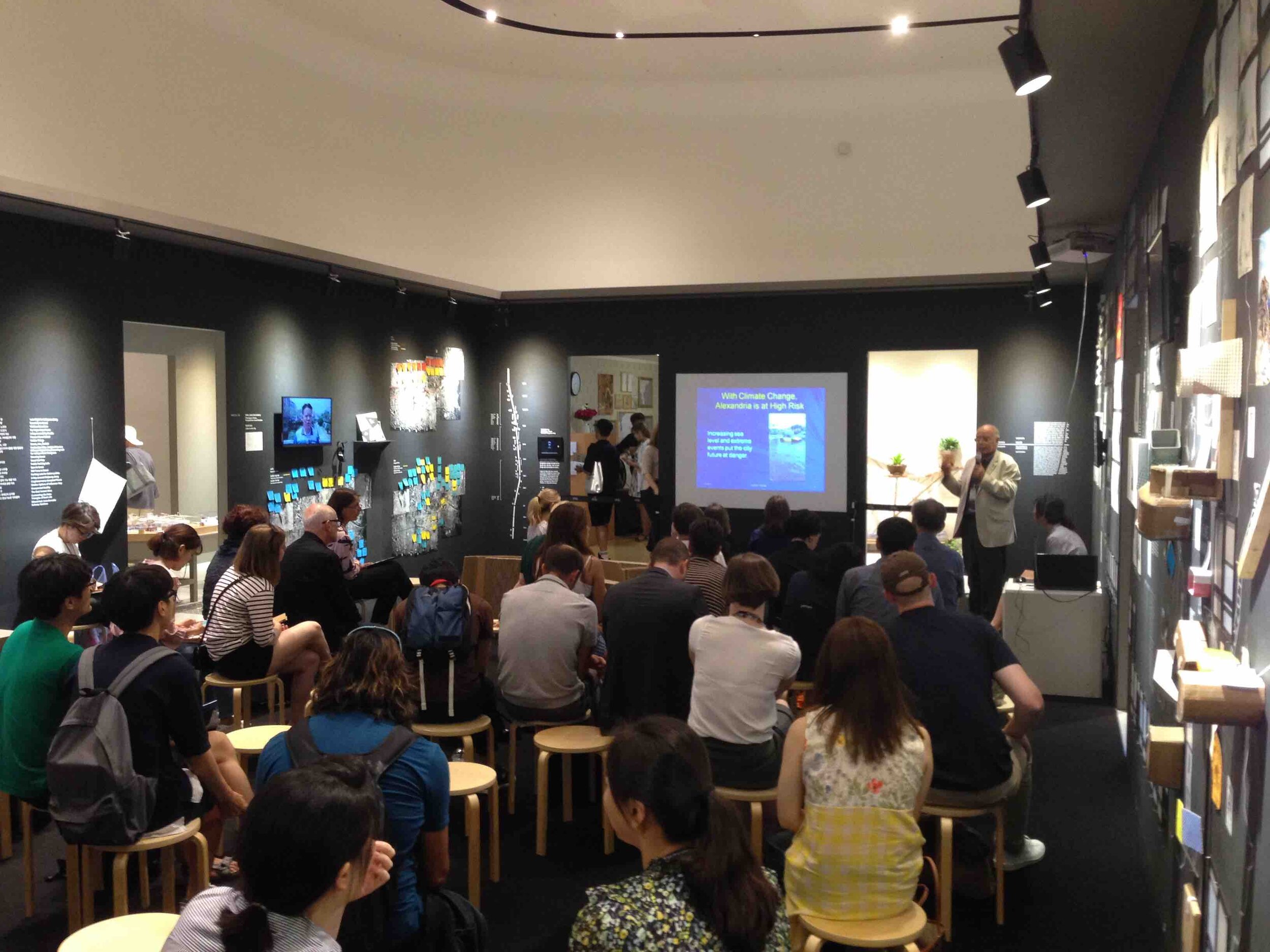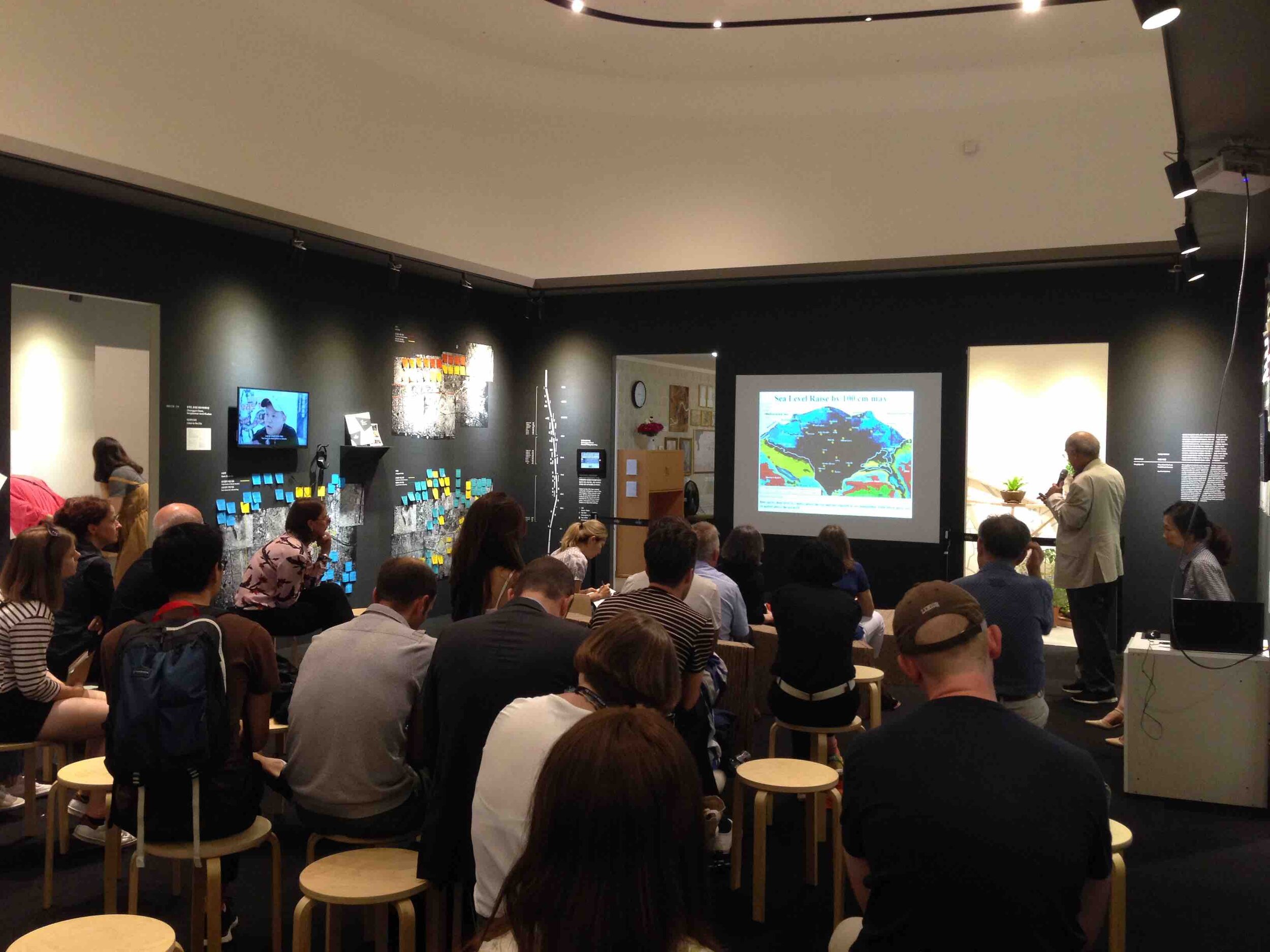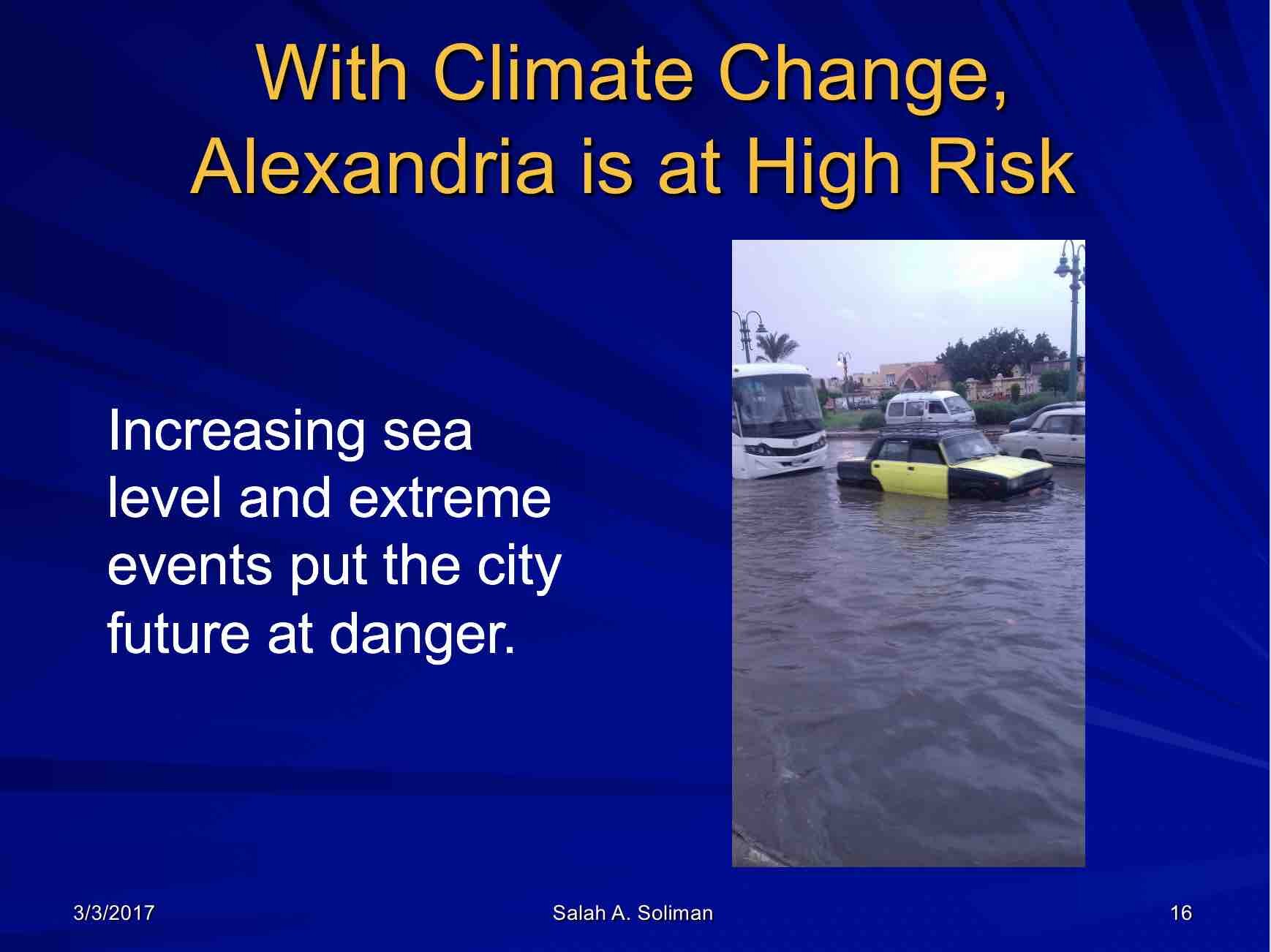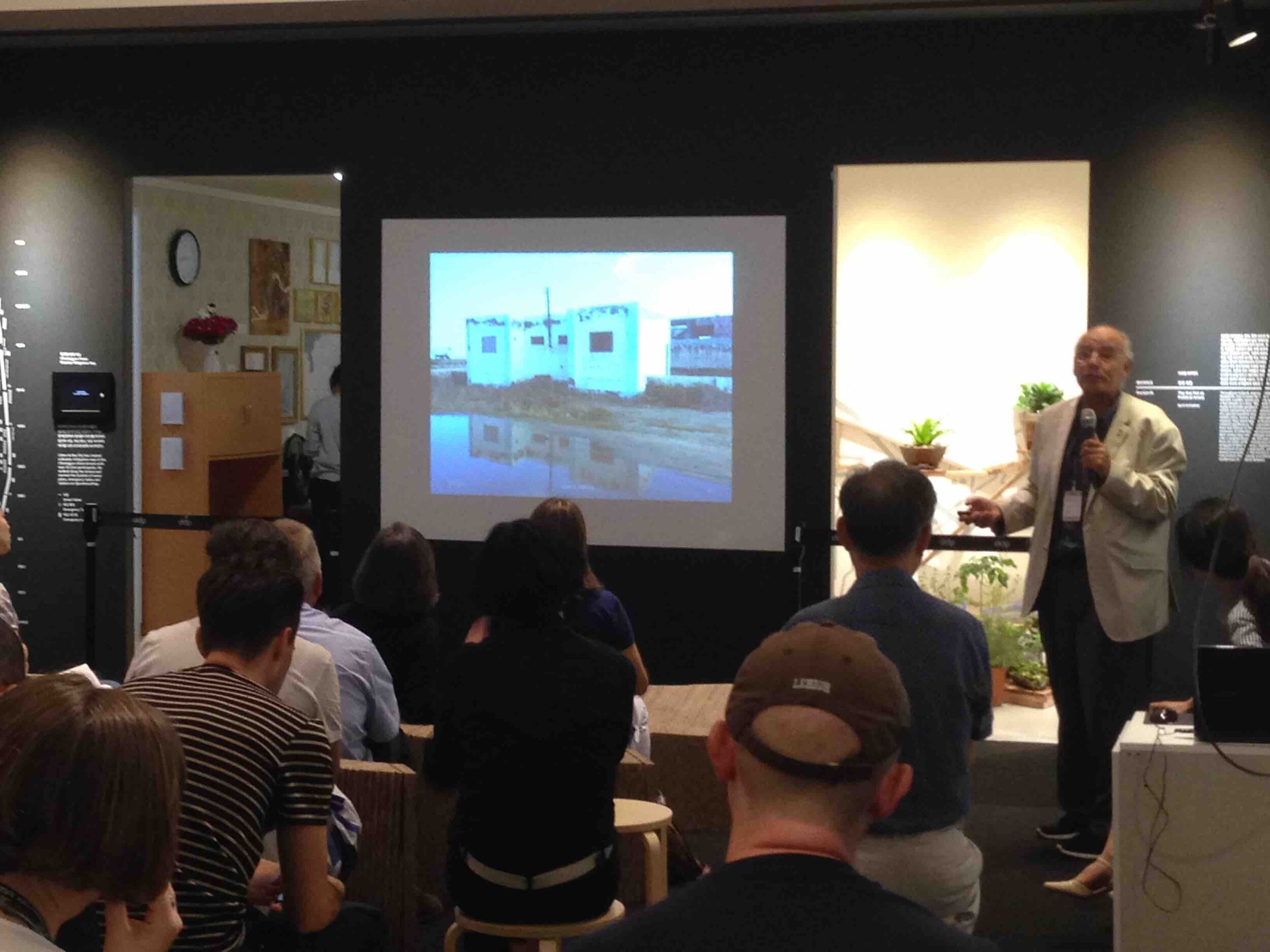Dr. Salah A. Soliman | at the Seoul Biennale
ACTIVATE’s guest and speaker at the Biennale, long-time collaborator, Dr. Salah A. Soliman contributed to our projects both in the Urban Foodshed section, and to our Alexandria City Project in the “Commoning Cities” Exhibition of the Seoul Biennale of Architecture and Urbanism 2017.
Dr. Soliman serves as the Director at the Center for Environmental Studies of the Bibliotheca Alexandrina, is Professor of Pesticide Chemistry & Toxicology at the University of Alexandria, and is the Director of the Future Earth North Africa Regional Office based in Alexandria, and L’Institut d'Égypte in Cairo.
Egypt is the Arab world’s most populous nation and less than 3% of its territory is arable land, most of which is rich farmland of the Nile Delta, the breadbasket of the country, a fertile coastal zone most vulnerable to sea level rise due to its low elevation and local land subsistence. As a result of changing environmental conditions in the past decades, many beaches along Egypt’s northern coast have receded or, as is the case of Alexandria, have even disappeared. While measures have been taken to slow coastal erosion, such as constructing breakwaters along the seafront, scientists and researchers maintain that it is too late to prevent or reverse the encroachment of the sea, and the rise of the water table. Planning must focus on ‘adaptation’ and damage limitation.
TALK: How Climate Change has affected Rural areas and Agricultural Practices since the early 20th Century: Sea level rise, Water intrusion, & Salinated soil
At the Urban Foodshed, Dr. Soliman addressed issues of how climate change are causing the Mediterranean Sea’s waters to rise, thus affecting vegetation and farming along the northern coast of Egypt. These environmental threats are endangering water resources, agricultural activity and the coastal population. He discussed how agricultural practices of local farmers in the low-lying Delta agricultural lands have been changing since the since the early 20th Century as a result of saltwater intrusion (saline water seeping into underground waters) into the delta; as the Mediterranean rises, the saltwater pushes into the delta and the salt leaches into the soil. This has resulted in salinated soil, and evapotranspiration has also led to salt accumulation in the top soil. This has degraded farmland and cut production. Moreover, as farmers have had to adapt in this low-lying and food-producing Nile Delta, there has also been an overuse of sand from the coastal dunes formed by sediment discharge - which traditionally had served as a protective belt. Dr. Soliman explained why there is an urgent need today for coastal adaptation to sea level rise, and the preservation of the remaining eroding dunes which have been facing erosion since the construction of the Aswan Dam in the 1960s.
At the Urban Foodshed section of the Biennale, with colleague Dr. Manfred A. Lange of the Future Earth MENA Regional Center, contributing to several Live Presentations.
They shared with the Seoul public, solutions envisioned for the water, food and energy challenges of the MENA region.
At the Roundtable Talks of the “Commoning Cities” Exhibition of the Seoul Biennale held at the Zaha Hadid-designed Dongdaemun Design Plaza, discussing challenges faced by the the city of Alexandria, the Egyptian coastal area, and introducing the topics behind our “Alexandria City” project presented within this exhibition.
Talk: The Food Price Crisis in Egypt; Food Safety, Security & Defense: Protecting the food chain
Dr. Soliman also addressed the current food crisis in Egypt where food prices have been going up 38.6% annually. Egyptians experiencing severe food insecurity is represented in the rising prices even for government-subsidized “balady” bread, but also for other foods such as sugar, cooking oil, and other commodities in a country where more than 40% of its 80 million people live on just $2 a day, and almost 20% get by on daily income of just $1. According to the United Nations' FAO, 37 countries face a severe crisis over food, and Egypt ranks third place among Arab countries on the Global Hunger Index for 2016. Dr. Soliman also gave some insight from his area of expertise, on protecting the food chain, food safety and security through a discussion of soil toxicology in the environment and pesticides risk assessment in food production.
Read more about the current environmental challenges faced by Egypt →
Dr. Soliman at the sand dunes of the Delta area in Jan. 2017.
Another coastal challenge in Egypt is the overuse and loss of sand from the coastal dunes. In the past, most of the 50 km wide land strip along the coast was protected from flooding by this protective sand belt. Prior to the construction of the Aswan Dam in the 1960s the Nile flooded annually, depositing both sediment in the Delta and replenishing Egypt’s soil - formed by the sediment discharge of the Rosetta and Damietta branches of the Nile. Ongoing quarrying of sand dunes along the delta coast for mineral mining and agricultural applications continues to remove this natural protective barrier that backs the low-lying shoreline, and there is little sediment available for coastal replenishment. Moreover, researchers say that the northern third of the Nile Delta is the submerging at about 1 cm of terrain per year; it is projected that between 12 and 24 miles of presently dry delta surface will be under water by the year 2100. Dr. Soliman explains:
“The density of sand is 2tons/cubic meter. Along the coast in the past, this sand caused pressure on the soil of the ground of the shoreline beneath it, compacting the silt and naturally slowing the intrusion of saltwater into the land —When the dunes began to be removed, the pressure was also removed, causing the silt below to expand and become more porous to saltwater —The ground for even kms from the shoreline have become salinated, as has the soil that is used as farmland, and the water within it.”
Read about all the other contributions by Dr. Salah A. Soliman within our EM/MENA regional projects →


